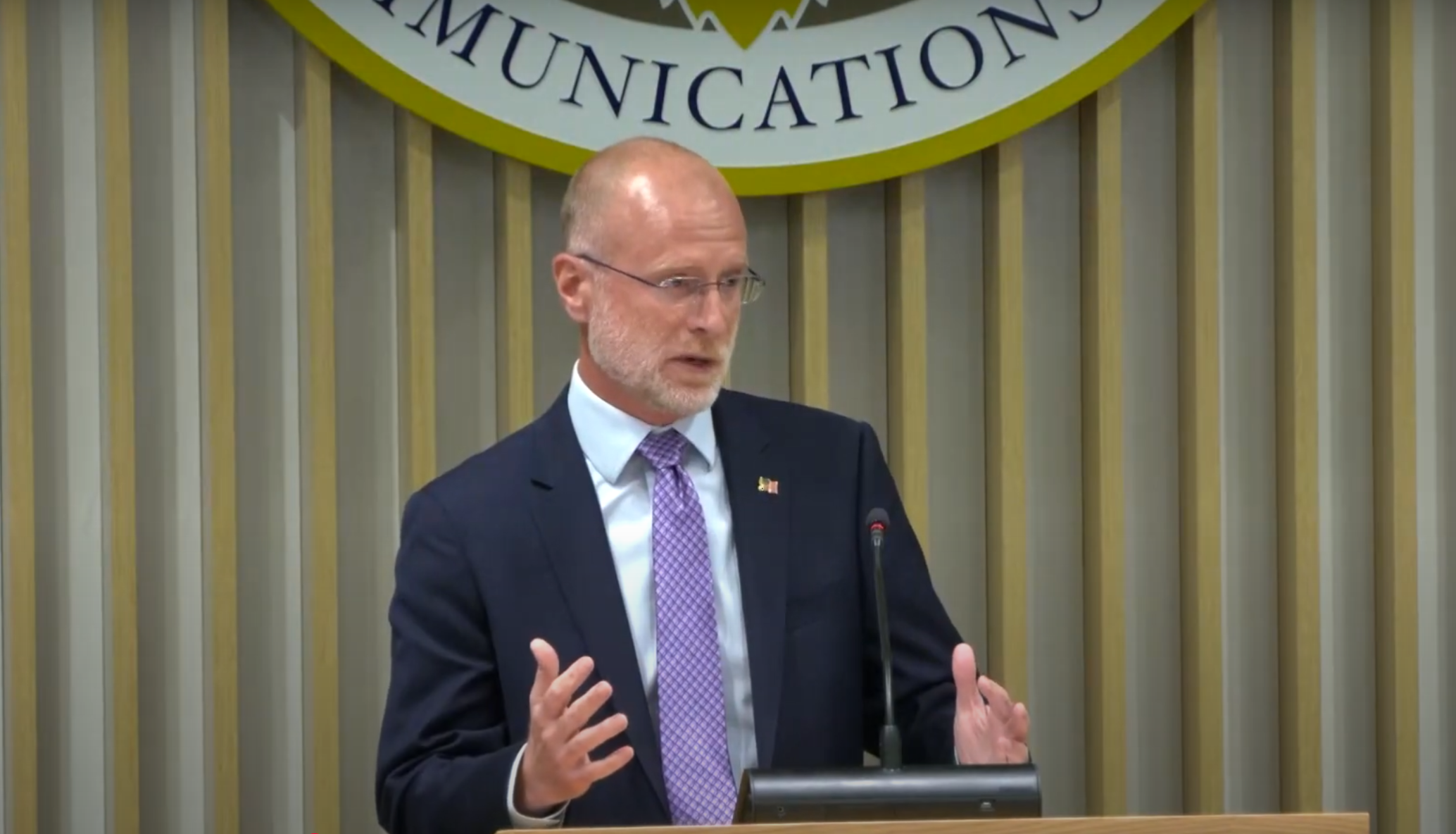White Space Device Testing – Week 1
The first day of white space device (WSD) field testing at Patapsco Valley State Park last Wednesday drew a good crowd of observers, including representatives from all but one of the WSD manufacturers, a lawyer from New America Foundation and Bruce Franca from the Association for Maximum Service Television (MSTV). One of the people at the testing was kind enough to send me a report on the tests.
Patapsco Valley State Park is in a low area, as the name implies, and TV signal levels are weak. A location like this is a good test for WSDs because they have to detect the weak signals to avoid causing interference to TV receivers on higher ground around the park.
Using the FCC’s truck with a 30 foot mast and a RadioShack TV antenna, four DTV and five NTSC stations were received, although two of the NTSC signals were unwatchable. A Magnavox set-top box was used for DTV reception and a JVC TV for the NTSC signals. DTV threshold was measured at about -84 dBm. The spectrum analyzer showed another dozen or so weak signals that could possibly be received on the higher ground around the park.
All of the WSDs tested detected all of the strong (receivable) signal channels as being occupied and many of the weak signal channels were also detected, but data wasn’t available on exactly how many of the weak signals were detected by which WSD. The Philips device, which had many false positives during the lab testing, found only four “unoccupied” channels.
Residential testing was scheduled for Tuesday and Thursday this week but I have not received any reports on the outcome of those tests.
The professional video industry's #1 source for news, trends and product and tech information. Sign up below.

Doug Lung is one of America's foremost authorities on broadcast RF technology. As vice president of Broadcast Technology for NBCUniversal Local, H. Douglas Lung leads NBC and Telemundo-owned stations’ RF and transmission affairs, including microwave, radars, satellite uplinks, and FCC technical filings. Beginning his career in 1976 at KSCI in Los Angeles, Lung has nearly 50 years of experience in broadcast television engineering. Beginning in 1985, he led the engineering department for what was to become the Telemundo network and station group, assisting in the design, construction and installation of the company’s broadcast and cable facilities. Other projects include work on the launch of Hawaii’s first UHF TV station, the rollout and testing of the ATSC mobile-handheld standard, and software development related to the incentive auction TV spectrum repack. A longtime columnist for TV Technology, Doug is also a regular contributor to IEEE Broadcast Technology. He is the recipient of the 2023 NAB Television Engineering Award. He also received a Tech Leadership Award from TV Tech publisher Future plc in 2021 and is a member of the IEEE Broadcast Technology Society and the Society of Broadcast Engineers.
